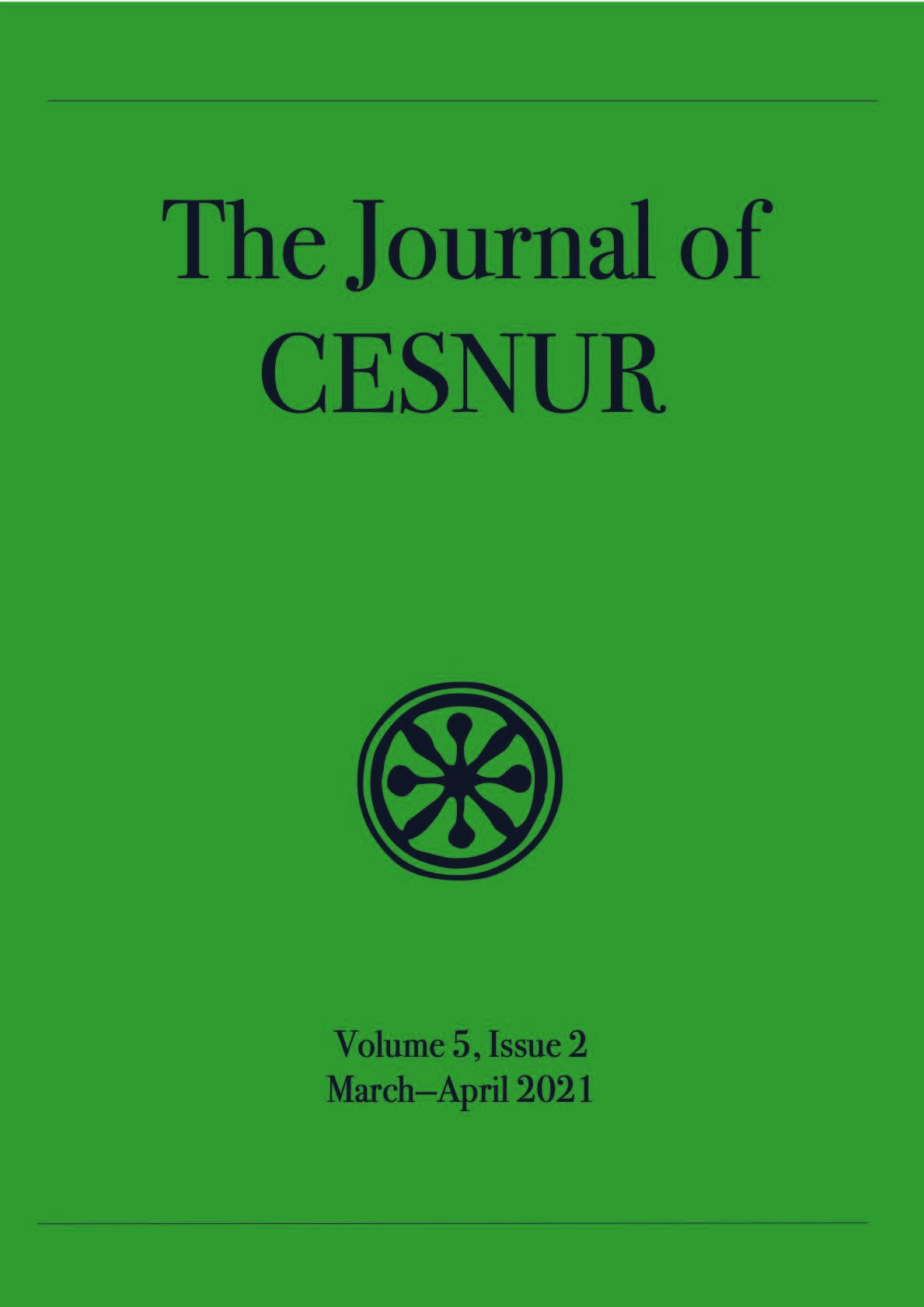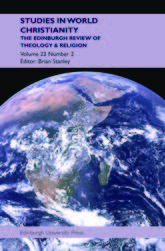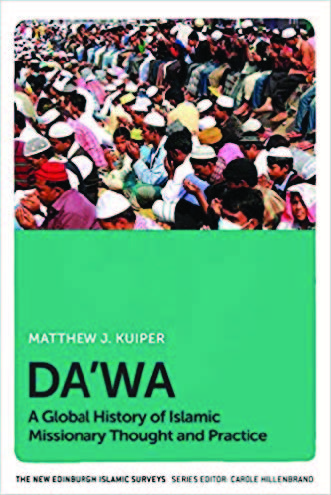

![]() The Journal of CESNUR, a publication of the Center for the Study of New Religions, devotes its March/April issue to the Plymouth Brethren and the changes this small but influential conservative Christian movement has undergone recently. The Brethren fall into two main groupings, the “exclusive” and the “open” Brethren (who are largely integrated within world evangelicalism), but the issue focuses on the former, especially since they have been at the center of so much contention. The exclusive Brethren’s long term separatism from other Christians and society and their charismatic leadership traced historically in several articles, has fueled allegations of cult-like secrecy and abuse, while their recent foray into politics, especially in Australia and New Zealand, has given them a reputation of being power-hungry and hypocritical (since members don’t vote).
The Journal of CESNUR, a publication of the Center for the Study of New Religions, devotes its March/April issue to the Plymouth Brethren and the changes this small but influential conservative Christian movement has undergone recently. The Brethren fall into two main groupings, the “exclusive” and the “open” Brethren (who are largely integrated within world evangelicalism), but the issue focuses on the former, especially since they have been at the center of so much contention. The exclusive Brethren’s long term separatism from other Christians and society and their charismatic leadership traced historically in several articles, has fueled allegations of cult-like secrecy and abuse, while their recent foray into politics, especially in Australia and New Zealand, has given them a reputation of being power-hungry and hypocritical (since members don’t vote).
Most of the articles in this issue suggest that the negative public responses that the exclusive Brethren have faced—whether valid or not—are leading to a change of approach. Although long involved in charitable actions, the Brethren have engaged in more visible acts of social service, such as in Australia during last year’s extensive fires and in the face of disasters in the UK. Another article by Steve Knowles looks at how the exclusive Brethren have gradually adapted computer technology to their own separatist purposes. Knowles analyzes the highly restricted publication Ministry (which only members are allowed to read) and finds that although once restricted from using such “evil” technology, the large segment of members who are small business owners compelled the leadership to make concessions, both for pragmatic reasons and also as a way to maintain internal communication and separatism. This issue can be downloaded at: https://cesnur.net/

![]()
The Journal Studies in World Christianity continues its in-depth treatment of Covid-19’s effects on churches around the world [see January 2021 RW], this time devoting its March issue to how the pandemic has led Christians to negotiate their relationships to their respective societies. Of particular interest is an article on the Chinese Christian community in Britain and how it has experienced anti-Asian racism and xenophobia. The Chinese congregations offer a sense of refuge for Asians who have experienced such abuse, yet these churches have also gained a national sense of mission to re-evangelize Britain since the pandemic. At the same time, there is more tension between Chinese Christian subgroups, especially with the growing divisions around Hong Kong and mainland China. Other articles highlight the conflicts between biomedical health and faith healing. The introduction by the editors note that in sub-Saharan African countries such as Nigeria, South Africa, Kenya, and the Democratic Republic of Congo there is the widespread belief that Covid-19 demands a spiritual response rather than a solely medical one, suggesting that “public health approaches have often effectively restricted the social capacity of churches to support pandemic measures.” For more information on this issue, visit: https://www.euppublishing.com/toc/swc/27/1.
An Arabic word meaning “inviting,” “calling,” or “summoning,” da’wa![]() is understood today as missionary invitation, i.e., missionary efforts “on behalf of Islam or particular varieties of Islam.” It includes both “external da’wa” directed at inviting non-Muslims to embrace Islam and “internal da’wa” aiming at reviving fellow Muslims. In a new, readable, and information-packed book, Da’wa: A Global History of Islamic Missionary Thought and Practice (Edinburgh University Press, paperback $29.95, hardcover $120), Mawhew J. Kuiper (Missouri State University) offers an overview of the evolution of missionary efforts throughout the history of Islam, thus helping to understand how Islam became a global religion. The author takes care to contextualize the developments under consideration. In the modern era, Islamic da’wa efforts have been prompted to a significant extent by religious competitors. While pre-modern da’wa efforts were ad hoc initiatives, a trend of organizing and institutionalizing da’wa through “para-mosque” organizations has been increasingly present in later periods.
is understood today as missionary invitation, i.e., missionary efforts “on behalf of Islam or particular varieties of Islam.” It includes both “external da’wa” directed at inviting non-Muslims to embrace Islam and “internal da’wa” aiming at reviving fellow Muslims. In a new, readable, and information-packed book, Da’wa: A Global History of Islamic Missionary Thought and Practice (Edinburgh University Press, paperback $29.95, hardcover $120), Mawhew J. Kuiper (Missouri State University) offers an overview of the evolution of missionary efforts throughout the history of Islam, thus helping to understand how Islam became a global religion. The author takes care to contextualize the developments under consideration. In the modern era, Islamic da’wa efforts have been prompted to a significant extent by religious competitors. While pre-modern da’wa efforts were ad hoc initiatives, a trend of organizing and institutionalizing da’wa through “para-mosque” organizations has been increasingly present in later periods.
 This becomes quite clear in the last chapter, which presents a survey of the second phase of modern da’wa, from 1950 to 2020, the period coinciding with post-colonial modern Islamic history. In addition to earlier movements such as the successful Tablighi Jamaat and its imitators, or da’wa organizations inspired by the Muslim Brotherhood or by Jamaat-e-Islami, the activities of charismatic Muslim preachers have been another leading cause of the founding of new non-state da’wa organizations, eager to use all modern technologies available, Kuiper notes. He cites examples such as the networks inspired by Fethullah Gülen from Turkey, the Islamic Propagation Center International founded by the late Ahmed Deedat in South Africa, and the very popular Egyptian preacher Amr Khaled. Muslim migration has also simulated da’wa initiatives of all kinds.
This becomes quite clear in the last chapter, which presents a survey of the second phase of modern da’wa, from 1950 to 2020, the period coinciding with post-colonial modern Islamic history. In addition to earlier movements such as the successful Tablighi Jamaat and its imitators, or da’wa organizations inspired by the Muslim Brotherhood or by Jamaat-e-Islami, the activities of charismatic Muslim preachers have been another leading cause of the founding of new non-state da’wa organizations, eager to use all modern technologies available, Kuiper notes. He cites examples such as the networks inspired by Fethullah Gülen from Turkey, the Islamic Propagation Center International founded by the late Ahmed Deedat in South Africa, and the very popular Egyptian preacher Amr Khaled. Muslim migration has also simulated da’wa initiatives of all kinds.
Such efforts can go beyond da’wa in the strict sense. Kuiper remarks that there has been a proliferation of Muslim-initiated humanitarian programs since the 1970s and 1980s, and among them a number that. have been added to the agenda of da’wa organizations. State-sponsored da’wa efforts may also be part of a country’s foreign policy, such as the variety of projects that have been a channel for Saudi influence in countries such as Indonesia. While similar Saudi efforts have promoted a Salafi and anti-Sufi line in African countries, one should not forget that African Sufi brotherhoods remain active with their own da’wa. In Turkey, the Directorate of Religious Affairs (Diyanet), seeking to keep Islam under secular governmental control, has approached da’wa as a way to make Turks at home and abroad more Muslim. Today, da’wa organizations number in the thousands, Kuiper concludes, being both extremely widespread and extremely diverse in their approaches toward Islam.